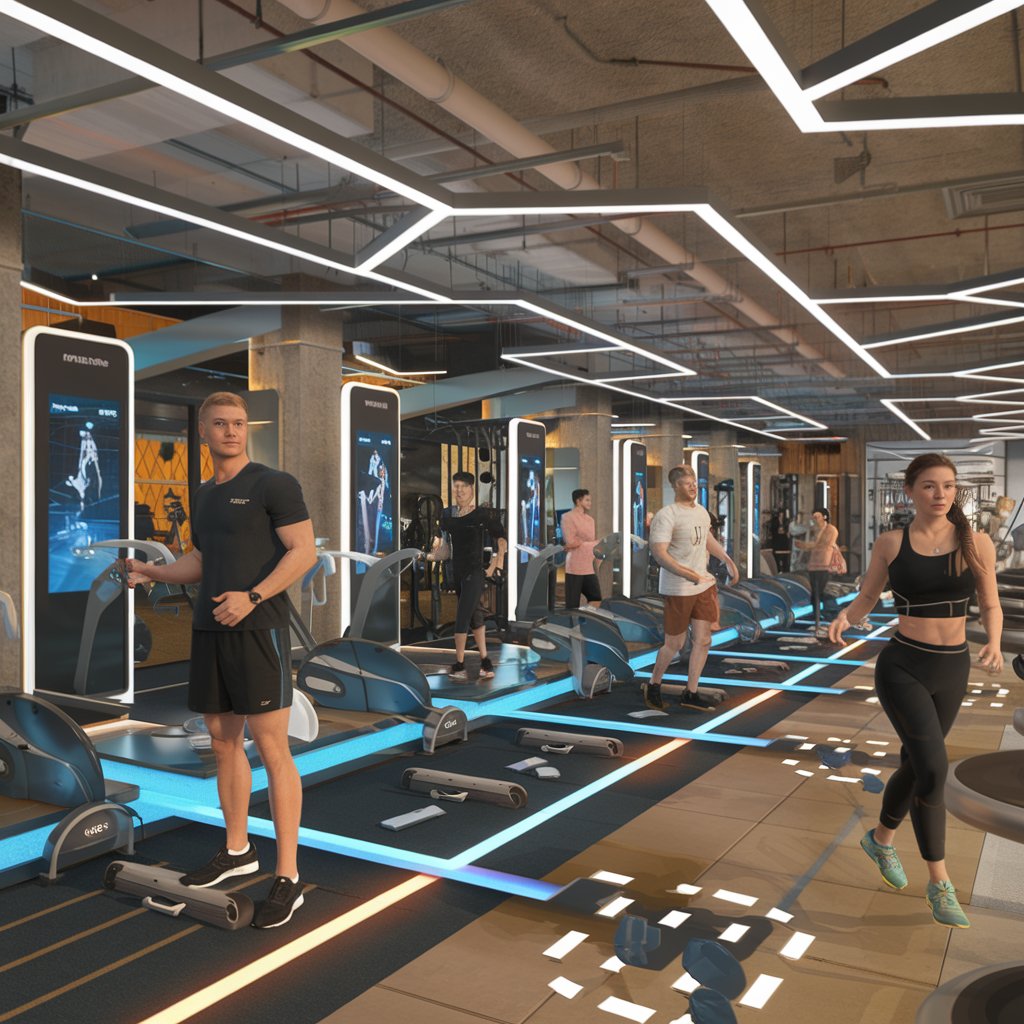
Physical Fitness Test: Uncover Vital Health Secrets
The physical fitness test serves as a valuable tool for uncovering hidden aspects of your health. By assessing flexibility, strength, and endurance, you can better understand your biological age and fitness level. Tools like MetersFit can help translate your current health into actionable insights that lead toward better performance.
Understanding the Physical Fitness Test
Taking a physical fitness test is key to discovering your unique strengths and pinpointing areas for growth. It provides a structured means to evaluate your overall health, no matter your current fitness level. This test lets you measure endurance, strength, flexibility, and mobility, enabling you to make informed adjustments to your fitness routine.
For instance, I worked with a client who felt overwhelmed during cardio sessions. After conducting her physical fitness test, we identified her cardiovascular endurance as a weak point. Through focused training plans, we improved her stamina significantly, which led to noticeable progress in her overall fitness.
Also, the role of technology, like the AI-driven tools available through MetersFit, enhances these assessments further. MetersFit reviews your workout data and offers insights tailored to your needs. This personalized approach allows you to effortlessly track your progress and optimize your training methods. Studies indicate that customized training plans yield better results than generic ones (for specifics, see the research on tailored exercise programming).
When you incorporate physical fitness tests and high-tech advancements, you not only enhance your routine but also set yourself up for success in the long run. By understanding your physical conditioning, you take charge of your fitness journey, making it easier to reach your health goals. For more details on fitness testing, check out this guide on the best tools for fitness testing.
Why Physical Fitness Tests Matter
A physical fitness test offers insights that extend beyond mere performance metrics. It sheds light on health factors that may otherwise go unnoticed. Engaging in these assessments not only provides a snapshot of your current physical state but also reveals your body’s capabilities and limitations. This understanding is crucial for anyone on a path to improved fitness.
Regularly participating in physical fitness tests makes it easier to track progress over time. By monitoring your strength gains or endurance levels, you can see real improvements and highlight areas that need attention. Using these results creates a clear roadmap toward realizing your fitness aspirations. They also serve as a motivating factor, turning vague goals into concrete achievements.
Additionally, research from experts like Dr. John Berardi suggests that physical fitness tests can point out potential health risks, giving you a clearer picture of your overall well-being. For instance, strength assessments might uncover muscular imbalances that could lead to injuries if left unaddressed. This proactive health strategy is essential for achieving lasting success.
Integrating the insights from your physical fitness test into your workout regimen allows for personalized adjustments. With a clearer understanding of where you stand, you can make informed choices about your training. This tailored approach not only boosts performance but also promotes a healthier lifestyle overall. For essential tips on optimizing these insights, explore the importance of recovery in personalized training.
Steps to Conducting Your Own Physical Fitness Test
Running your own physical fitness test can be a real eye-opener for your health. You will gain insights into your current status and identify what needs work. Start by choosing some key exercises aligned with fitness standards, such as push-ups, timed runs, or sit-and-reach tests. The most important part is to ensure the environment is comfortable and conducive to your performance.
Before jumping into your physical fitness test, take the time to warm up properly. Dynamic stretches or light cardio work well for this stage, as they help prevent injuries. Once warmed up, tackle each exercise one at a time, tracking your results for future reference.
Consider recording how many push-ups you can accomplish in a minute for strength testing. A timed mile run can provide useful data on your endurance. You might want to connect your results with a fitness app designed to offer tailored feedback on your performance.
After you wrap up your physical fitness test, take a moment to reflect on your results. What strengths did you discover? What areas need attention? Setting achievable goals based on your starting point will guide your fitness journey effectively. For additional fitness testing strategies, check out this blog.
Enhancing Fitness with Practical Exercises
Enhancing your fitness journey heavily relies on practical exercises, especially after completing your physical fitness test. Understanding your physical status helps you pinpoint your strengths and areas that could use improvement. It goes beyond just lifting weights or running; it’s about including exercises that meet your specific needs.
Functional exercises can significantly improve your overall fitness, and adapting these workouts to your test results is crucial. If your strength evaluation pointed out upper body weaknesses, varying your push-ups, whether incline or decline, can be a solid strategy. Similarly, incorporating squat variations can boost leg strength, enhancing balance and mobility.
Here are some practical exercises to consider:
- Bodyweight squats: Great for building leg strength and improving joint mobility.
- Planks: Excellent for core stability, essential for better performance across various activities.
- Lunges: Dynamic movements that enhance balance while strengthening the lower body.
- Burpees: A comprehensive exercise that increases cardiovascular fitness and builds endurance.
Adding these activities to your routine can lead to notable improvements in areas highlighted during your physical fitness test. Establishing a well-rounded workout that reflects your test outcomes will guide your progress effectively. For advice on crafting a plan to enhance strength and functionality, visit this link.
Tracking Your Progress with Technology
Effectively tracking your fitness progress is vital, and technology has simplified that process immensely. With heart rate monitors, fitness apps, and smartwatches, you can monitor your improvements closely. These tools provide vital metrics such as heart rate, calories burned, and step counts, all of which contribute to your routine.
A physical fitness test usually includes evaluations of strength, endurance, and flexibility. Technology enables you to record and analyze these measurements over time. For example, logging your scores from a physical fitness test helps pinpoint areas needing improvement. Regular evaluations with your chosen tech reinforce your commitment to your fitness journey.
Mobile applications often offer features to track workouts, set goals, and monitor your diet, enhancing accountability. One feature many find helpful is the ability to create a customized workout plan based on performance data. Some apps also work with wearables, making it easy to gather and analyze your fitness test results.
Stay consistent. Engaging consistently with technology can reveal insights you might quickly overlook. Monitoring your progress allows you to adjust training as necessary. Regularly reviewing your fitness metrics not only keeps you motivated but also helps you reach new personal milestones.
For more insights on fitness tracking, explore this fitness progress tracking insights.
Final words
Physical fitness tests provide crucial insights into your health and performance. Consider using resources like MetersFit to reach your personalized fitness milestones. Start today by signing up at metersfit.com/waitlist/ and discover the difference for yourself!





Leave a Reply